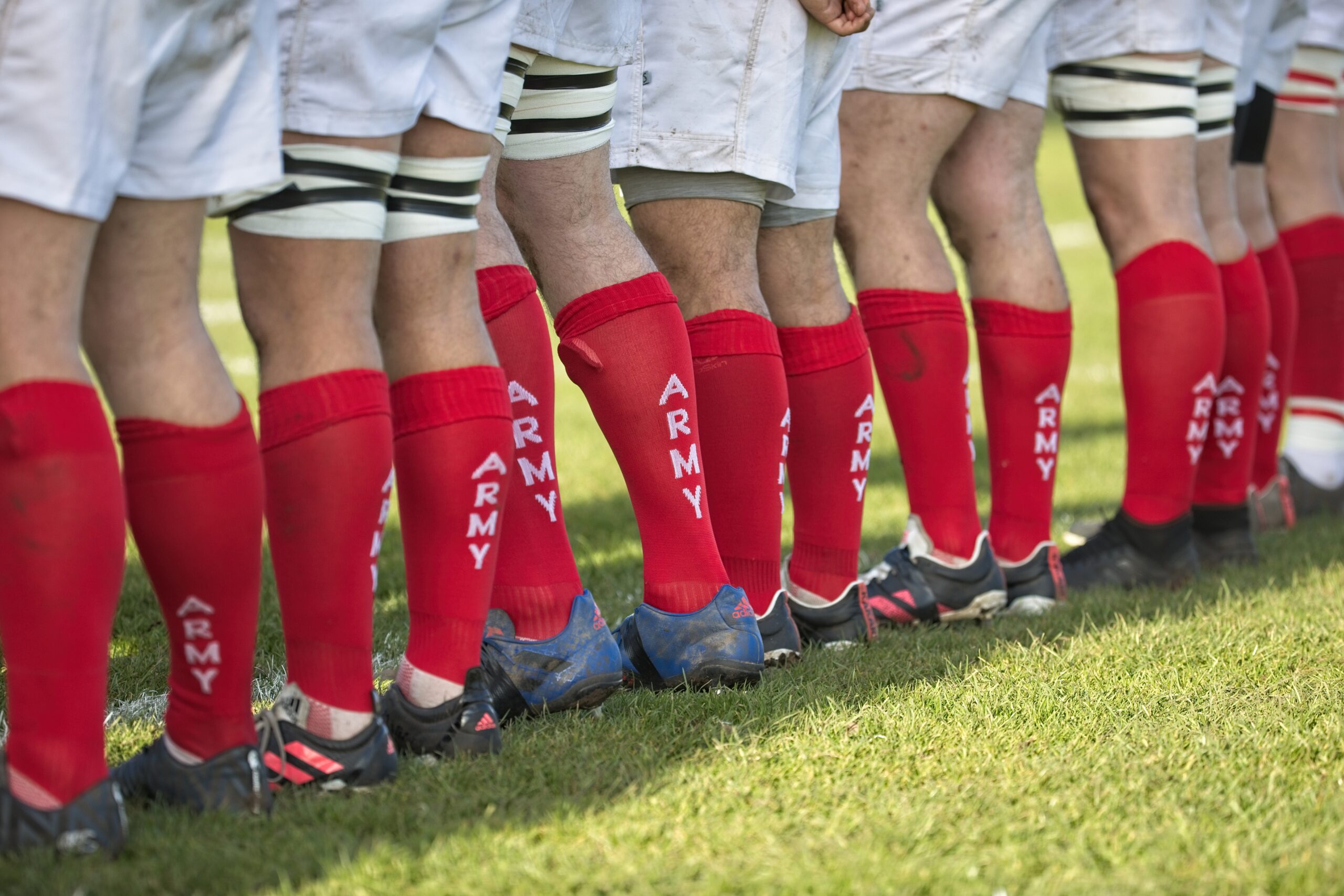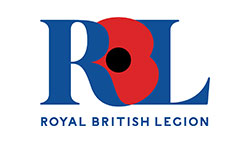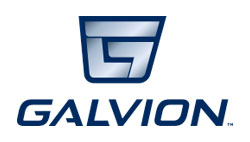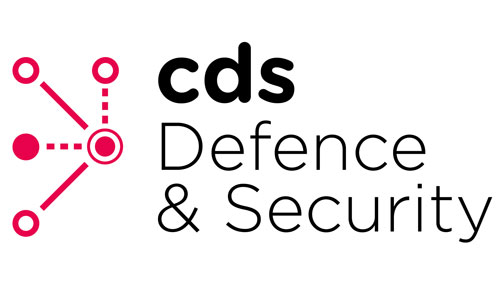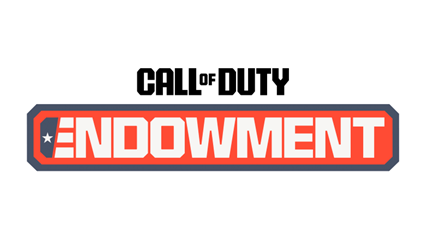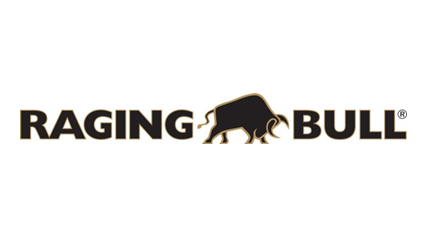The Army Rugby Union’s new Chair of Representative Rugby, Col Andrew Geary (UK Strat Com), believes that the red shirt teams can play a proactive role in helping the Army engage both with serving personnel and the broader community.

Col Geary with the Army Premiership Cup, as Commanding Officer and player for 9 Regt RLC in 2019.
Col Geary, who will succeed Brig Adam Griffiths in the role ahead of the new season, is no stranger to any level of Army rugby, nor indeed civilian rugby, having been in the Northampton Saints Academy for three years as a teenager and ran out at Twickenham with Gloucestershire in successive County Championship finals.
He first wore the Army shirt as part of a Colts team while still at Welbeck College, and his representative experience took in Inter-Services Championship matches and being handed the captaincy for a fixture against China’s Peoples’ Liberation Army in 2000.
With experience of chairing RLC rugby and netball, as well as time spent as a Unit Commanding Officer and a current post within Defence Support, Col Geary believes that his familiarity with and understanding of a broad cross-section of the demands faced by the modern-day soldier, commander and sporting administrator will be of benefit to the ARU.
“I have had a fantastic military and rugby career which have run simultaneously, but since finishing as chair of the RLC I haven’t been involved in Army rugby for the last two years,” he says.
“I feel now professionally and personally that I’m ready for the next stage, and always aspired to be back involved with red shirt rugby. The opportunity has come up to be Chair of Representative Rugby, which is a great honour and not one I take lightly.
“We’re in an interesting time for rugby union, more broadly within society but specifically within the Services. With my experiences of playing and administrating I believe I am well placed to make a positive difference.
“Adam Griffiths has done an amazing job, which I witnessed both as a player and as a Corps committee member, but I hope that the perspective and empathy I will bring from having worn the red shirt, having been involved with community rugby and having been in the Chain of Command will stand me in good stead”
Col Geary is certainly going into the role with his eyes open and aware of the challenges, both current and future.
“The majority of the people involved in Army rugby are volunteers and we ask a great deal of them; we must remember they are expected to do their day jobs as well and their commitment to Army rugby is ‘over and above’ what they are paid to do – it is in essence discretionary effort” he says. “So it must be enjoyable and rewarding and our success can to a degree be measured by the discretionary effort we see, but the challenge is delivering this with limited resources.
“I joined an Army which was 100,000-plus and we now sit at circa 68,000, with an operation and commitment cycle which is pretty relentless. So, to try and find time for sport in amongst the commitments the Army has is challenging. I understand that from a position of being on the staff at 3rd Division and also as a Commanding Officer; the effort we had to put in to fulfil some of our fixtures was considerable and we must adapt to this new reality.
“The opportunities are in areas of the game which are seeing growth, such as the women’s game and we must adapt to keep pace with the changes occurring. The professionalisation of the civilian women’s game in the Premier 15s is a huge leap forwards, but having been involved with the Army men’s team at the time when the men’s game went professional, it’ll be interesting to see what that means for women’s services rugby in the future.
“The other thing we have to capitalise on is to embed team sport back into the Army’s psyche, and to have rugby as a central part of that. We should be at the vanguard of what we are trying to achieve with Op TEAMWORK, it is no coincidence that the values of rugby closely mirror those of the Army.

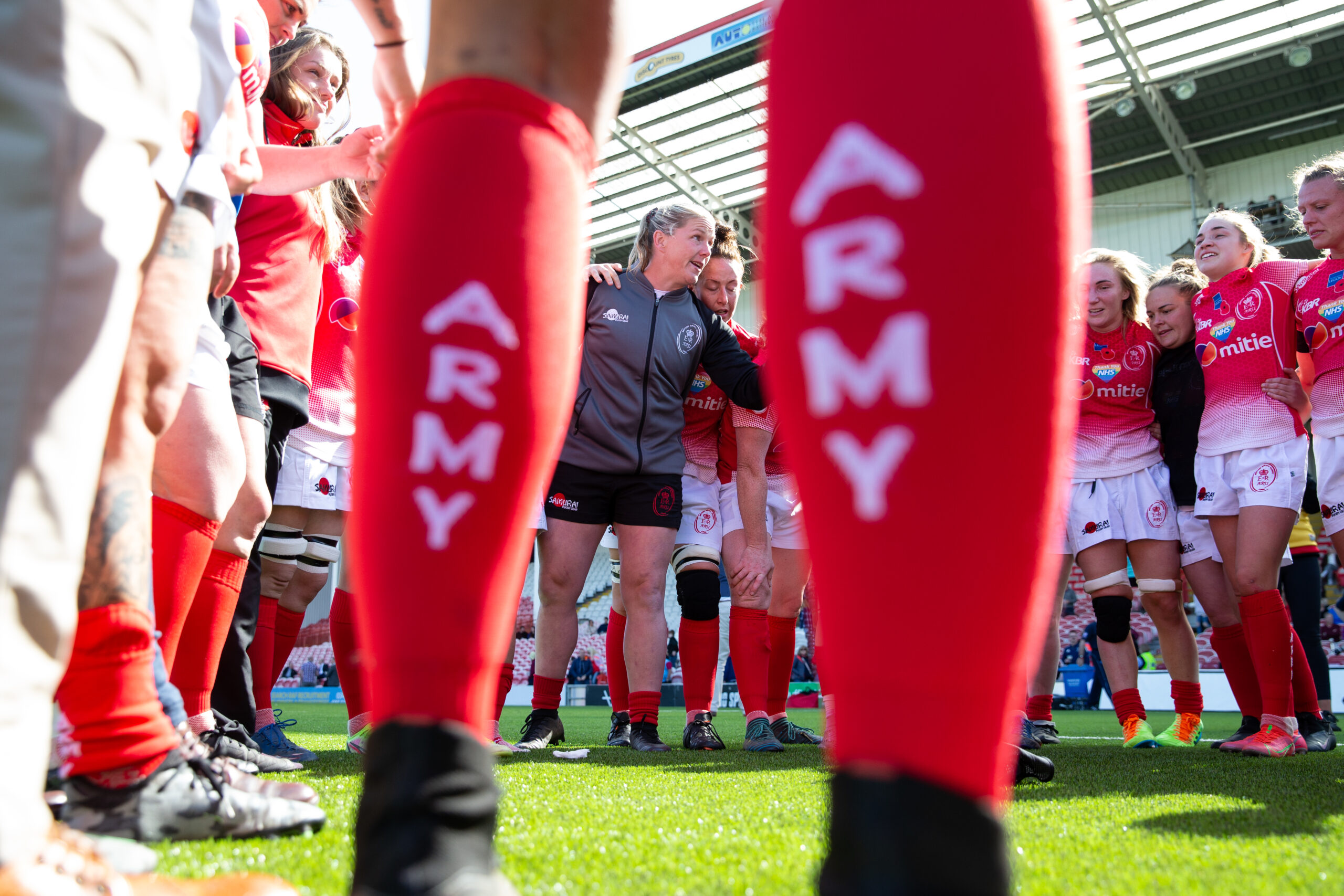
The values and standards of the British Army very much align with rugby’s core values.
Image © Army v RAF Match
“What do we want the red shirt to represent? It’s a discussion we must revisit often; as to whether it is about just winning Inter-Services, or is it about recruitment, or connecting with the society from which you draw your people, or being a vehicle to demonstrate the Army’s values and standards?
“The answer is probably all of it, but there is more we could be doing, and we must remain alive to the wider challenges facing the Army. For example, to support recruiting we could be making sure that we capitalise on the opportunities which are presented, such as being more proactive in having an Army presence at professional matches where we have Army players playing.
“If we are to engage more with the community the Sevens game is a great vehicle for this and the Army 7s success this summer, including winning the world famous Melrose 7s competition, is testament to the talent we have.
“One thing I believe in strongly is that the red shirt teams and the players in them must be representative of the Army as a whole. This is more than ‘soldier first’, they must reflect our service and be relatable to those people they have the privilege to represent. I remember that when I wore the red shirt it was made very clear that you were representing your Cap badge, Corps and your Unit. In this sense, wearing the red shirt is a great responsibility and we have to acknowledge that those who wear it have a greater expectation upon them.
Memories of representing the red shirt in the Inter-Services Championship remain fresh for Col Geary, not least pulling into Twickenham on Army Navy day.
“I was very young and accelerated into the Army side,” he recalls.
“The day at Twickenham is a real draw to the red shirt. I remember bits of the day – being stepped by the Navy’s fullback was not my finest moment, but those who know will testify that tackling was never my greatest strength! But what I remember most vividly was the coach journey from the Lensbury Club in Teddington, where we stayed.

The atmosphere at the Army v Navy matches is always special.
Image © Army v Navy Match
“The streets were full and the atmosphere was incredible. It was strangely personal, you could see friends and colleagues in the crowd – it was all a bit surreal. But then I’ll never forget turning into the old West Car Park where the bulk of the Navy’s supporters congregated, the cheers turned to boos and we suddenly knew we were in a game!
“I’ve been lucky to play at Twickenham a few times, in two Inter-Service fixtures, for the Combined Services U21s, for Gloucestershire in the County Cup Final twice, and for a previous club side. But I recognise that for the majority of the people who play rugby this is something which remains a dream. The Twickenham fixtures rightly remain a huge incentive for the Army teams and is an assured avenue for playing there which is almost impossible to replicate in everyday life. It is something we should cherish and must never take for granted”
Col Geary is also clear in his belief that Inter-Services rugby needs to be more than about Army Navy.
“I think we can make more of the RAF game,” he adds. “Gloucester offers more of a spit-and-sawdust experience, and I sense that everyone is still finding their place. It could be a real growth area and I enjoy the contrast of the experience with there and Twickenham. I thought Twickenham this year was excellent, and what was fascinating was sitting in a coffee shop at Twickenham tube station and watching the pride on display as people paraded past in regimental insignia and the odd bit of fancy dress. I thought there was a great atmosphere and we mustn’t lose sight of how important the wider fixture is to the collective wellbeing of our serving soldiers and the veterans communities.


The Army v RAF matches at Kinghsolm are growing into a well supported event.
Image © Army v RAF Match
“Having the Navy win a couple of years ago and having it as a close game this year was important. In terms of maintaining a competitive fixture that the neutral in the crowd is pleased with, as are the sponsors, matters a great deal.
“And as the women’s game gets more into peoples’ psyche then hopefully even more people will watch in the stands.”
Col Geary may only be starting his new position, but he already has one eye on the future, too, and having structures in place which maintain rugby’s place at the leading edge of Army sport.
“It’s about succession planning and one of my roles is to try and think ahead of what comes after the current coaches, team directors and players,” he says. “This is one area where the relationship between red shirt and Corps and Unit rugby needs be balanced so that we have coaches who are qualified and experienced enough to make the step up when they are ready.
“There also needs to be a pathway available to the players, and for Army level players to be able to play for their Regiments and Corps, but this must be balanced with the opportunity to play civilian rugby – from my experience this is where players develop. This is not always easy and requires careful management. Day to day this is the role of the Team Directors, but I will need to support them in their delivery of this and bring the very best out of all five red shirt teams.”
Words © New Dogs, Old Tricks
Header and Featured Images – Alligin Photography © Cat Goryn
